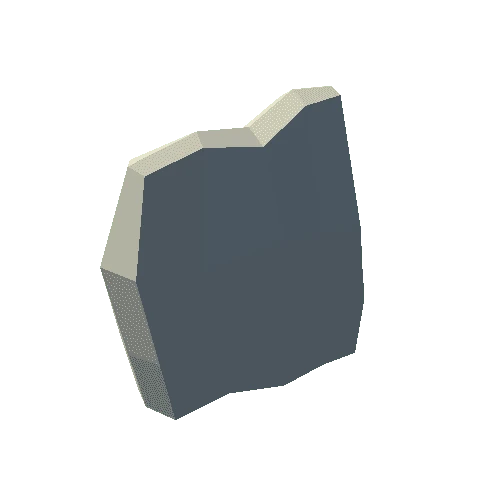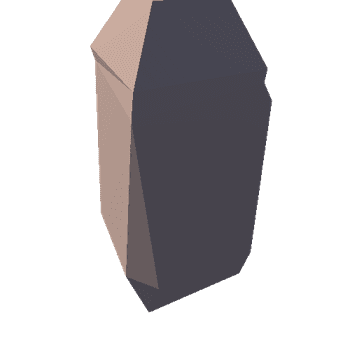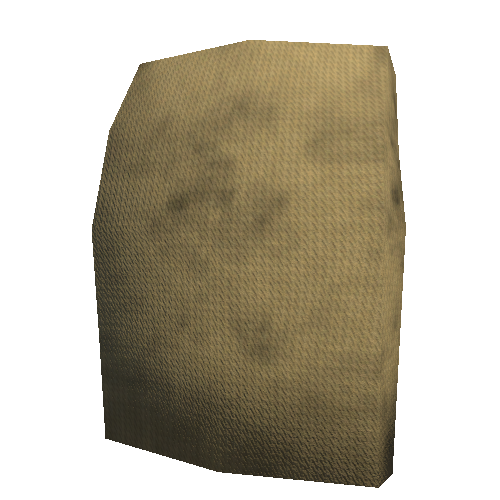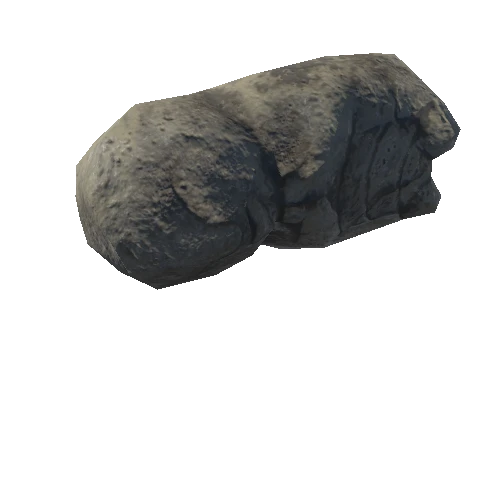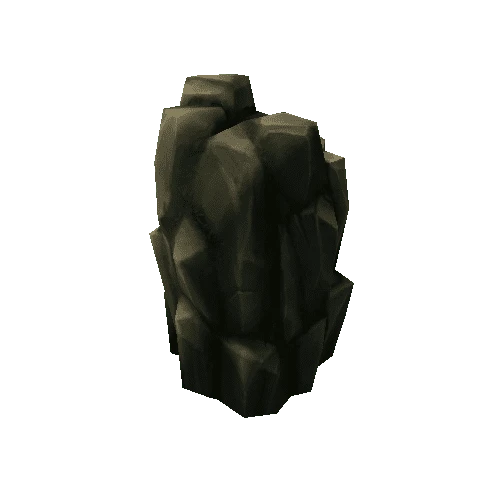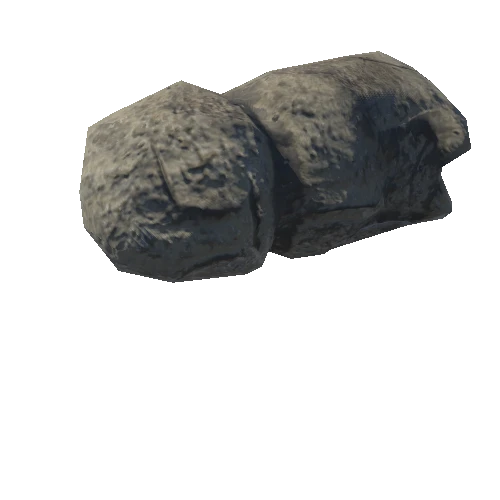Select or drop a image or 3D model here to search.
We support JPG, JPEG, PNG, GIF, WEBP, GLB, OBJ, STL, FBX. More formats will be added in the future.
Asset Overview
Piece of a Byzantine figurine with a representation of a face.
A face with stylised and geometric features, depicted in a manner characteristic of this period: large almond-shaped eyes, eyelids with sharp edges falling towards the outer corners, short and wide nose, lips held tightly together. The face is framed by hair styled in curls.
The head, probably a piece of a figurine or burial stele, is a typical example of Egyptian Christian art, which developed between the 4th – 12th centuries on the basis of local Pharaoh and Greek–Roman traditions with clear Byzantine influences. It is characterised by a complete lack of a full sculpture, and only the representations of a human figure come from tombstones or architectural elements.
Time and place of creation: 4th–6th century (early Byzantine period), Fustat
Archaeological Museum in Kraków
Inventory number: MAK/AS/1231
https://muzea.malopolska.pl/en/objects-list/1463
Digitalisation: RDW MIC, Virtual Małopolska project



